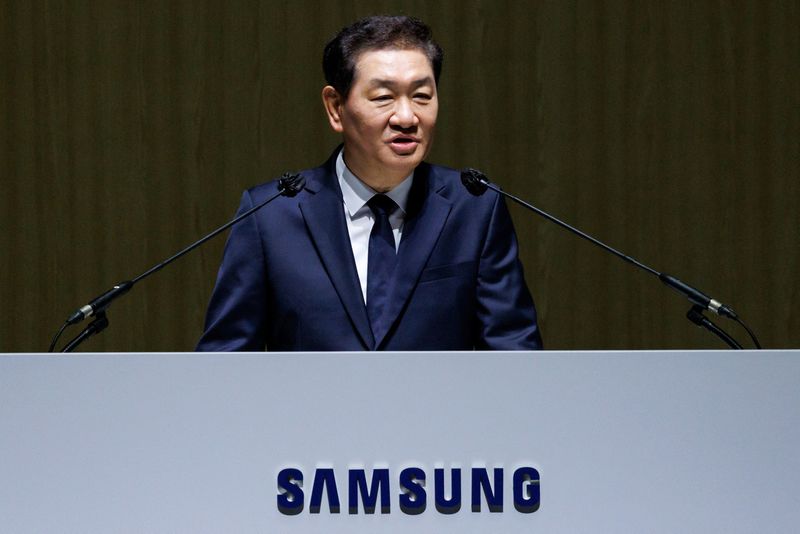Positive Outlook from Japanese Media on US Steel Issue, But Questions Remain About Specific Solutions
 |
| Trump Shifts Focus from Acquisition to Investment Amid Strategic and Political Considerations |
Japanese media outlets have responded positively to U.S. President Donald Trump’s recent remarks regarding the Nippon Steel and US Steel deal, especially his redefinition of the matter as an “investment” rather than an “acquisition.” During a U.S.-Japan summit held on February 7 (local time) in Washington, D.C., Trump met with Japanese Prime Minister Shigeru Ishiba to discuss key bilateral issues, including the contentious US Steel negotiations. While this diplomatic move has been praised for maintaining face for Ishiba, securing strategic benefits for Nippon Steel, and offering Trump political leverage, questions remain about the concrete measures required to shift from an acquisition model to an investment framework.
The Shift from Acquisition to Investment: What Does It Mean?
Trump’s comments mark a notable departure from his previous hardline stance against Nippon Steel’s acquisition of US Steel. Just last month, Trump publicly criticized the potential sale, stating on his social media platform, “Why sell US Steel now when it’s more profitable and valuable due to tariffs?” However, during the recent summit, he emphasized, “Nippon Steel is planning to do something very interesting in the American steel industry. They are not aiming to purchase US Steel but rather to make significant investments.”
This pivot raises several questions about the actual implementation. According to Nikkei, transitioning from an acquisition to an investment could involve reducing Nippon Steel’s equity stake in US Steel, restructuring the deal into minority investments, or targeting specific business units rather than the entire company. This would necessitate renegotiating existing contracts, which could face legal, regulatory, and shareholder hurdles in both the U.S. and Japan.
While Japanese media view Trump’s remarks as a positive development, analysts caution that the lack of detailed policy guidelines leaves room for uncertainty. For instance, what qualifies as a “strategic investment” under U.S. foreign direct investment regulations? Will this satisfy U.S. national security concerns, particularly in sectors deemed critical like steel production?
Political Motivations Behind Trump’s Policy Reversal
Trump’s sudden shift from opposition to cautious support of Nippon Steel’s involvement in the American steel industry likely reflects a combination of domestic political strategy and economic diplomacy. With the 2024 U.S. presidential election looming, Trump may be attempting to balance his “America First” rhetoric with the need to maintain strong economic ties with key allies like Japan.
This change could also be an effort to court both American steelworkers and business leaders. By framing the deal as an investment rather than a foreign takeover, Trump can argue that U.S. jobs and strategic industries are being protected while still promoting economic growth through foreign capital. His recent meeting with US Steel executives on February 6 and the upcoming discussions with Nippon Steel leadership suggest a carefully calibrated approach to appeal to diverse constituencies.
Reactions from the U.S. Steel Industry and Political Circles
Reactions within the U.S. have been mixed. Some industry stakeholders are cautiously optimistic, viewing foreign investment as a potential boost for modernization and job creation in outdated US Steel facilities. Others, particularly labor unions and protectionist policymakers, remain skeptical. The United Steelworkers (USW) union, which has historically opposed foreign ownership of U.S. steel companies, issued a statement expressing concerns about potential job security risks despite Trump’s assurances.
On Capitol Hill, lawmakers are divided along partisan lines. Some Republican leaders support Trump’s stance, emphasizing the benefits of foreign investment without relinquishing control over strategic assets. In contrast, certain Democratic senators have voiced concerns about national security implications and the potential erosion of domestic industrial capabilities.
Nippon Steel’s Strategic Goals and the Global Implications
For Nippon Steel, diversifying its business through US Steel is not just a financial move but a strategic necessity amid declining growth prospects in the domestic Japanese market. Successfully investing in US Steel could propel Nippon Steel’s production capacity to 59.41 million tons, surpassing China’s Ansteel and positioning the company as the world’s third-largest steel producer.
Furthermore, Nippon Steel’s advanced decarbonization technologies could be integrated into US Steel’s operations, potentially transforming it into a leader in sustainable steel production. This aligns with global trends toward green manufacturing and could position both companies favorably in an era of increasing environmental regulations.
However, geopolitical risks loom large. The U.S.-China rivalry, concerns over supply chain security, and fluctuating global demand for steel add layers of complexity to the deal. Additionally, the Biden administration’s prior executive order halting the acquisition underscores how political shifts in Washington can directly impact international business agreements.
While Trump’s reframing of the Nippon Steel–US Steel deal as an “investment” has created new opportunities for progress, the path forward remains fraught with challenges. Both companies must navigate a complex web of regulatory approvals, political pressures, and strategic interests on both sides of the Pacific.
The coming weeks will be critical as Trump prepares to meet with Nippon Steel executives, and negotiations enter a more detailed phase. Whether this deal will ultimately materialize—and under what terms—will depend on how effectively stakeholders address the unresolved questions surrounding national security, economic sovereignty, and global competitiveness.



Comments
Post a Comment